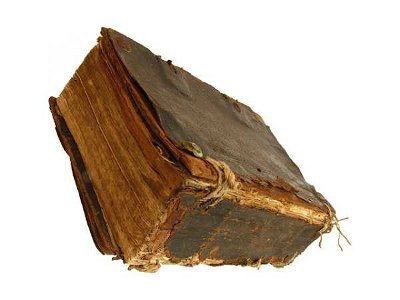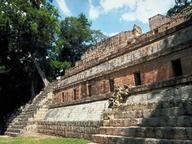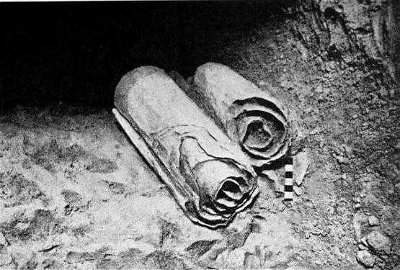4. Ignoring grave robbers, looters and treasure hunters, the first archaeologist arguably was a Neo-Babylonian king from the sixth century BC. What was his name?
From Quiz Archaeological Roots
Answer:
Nabonidus
The Neo-Baylonian period lasted just under 100 years and followed the break-up of the Assyrian Empire. Nabodinus's reign lasted 17 years until Cyrus the Great, founder of the Achaemenid Empire, conquered Babylon for the Persians.
How do we know about Nabonidus? In part due to the work of other archaeologists. Written records survive which indicate that Nabondius spent much of his reign carrying out his expeditions and neglecting his kingdom, which he would leave in the care of his eldest son Belshazzar.
Belshazzar gets a mention in the Bible. The Book of Daniel describes how he saw the words "Mene, Mene, Tekel, Upharsin" written on the palace walls by a disembodied hand. Daniel translated these as predicting the demise of the kingdom.
The Neo-Baylonian period lasted just under 100 years and followed the break-up of the Assyrian Empire. Nabodinus's reign lasted 17 years until Cyrus the Great, founder of the Achaemenid Empire, conquered Babylon for the Persians.
How do we know about Nabonidus? In part due to the work of other archaeologists. Written records survive which indicate that Nabondius spent much of his reign carrying out his expeditions and neglecting his kingdom, which he would leave in the care of his eldest son Belshazzar.
Belshazzar gets a mention in the Bible. The Book of Daniel describes how he saw the words
 This is a quiz that mines general knowledge of archeology; with just a passing understanding of the field, you should be able to do fairly well. Sometimes the images are clues; other times they are just for decoration. Good luck!
This is a quiz that mines general knowledge of archeology; with just a passing understanding of the field, you should be able to do fairly well. Sometimes the images are clues; other times they are just for decoration. Good luck! 








 Quick Question
Quick Question